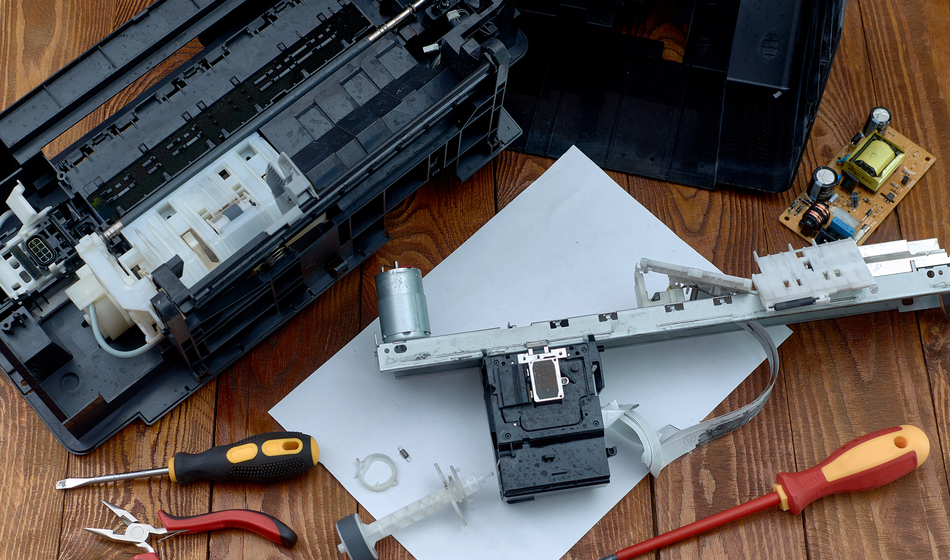
There is little more frustrating than rushing for a meeting only to find that the documents you have printed are blurry or patchy. To make matters worse, the pages remain patchy even when you re-print. How do you fix such poor-quality prints? Keep reading for some helpful tips.
Check Your File Resolution
This may seem very obvious, but your printer cannot print clear images or text if the original file has low resolution. It is a printer, not a miracle machine! Hence, if you want to ensure that everything comes out sharp and clear, you need to ensure that whatever image or document you wish to print has high resolution and is otherwise of good quality.
You will also need to make sure that you select ‘High Resolution’ or other similar tabs under printing options.
Align the Cartridge
The cartridges may become misaligned over time. This misalignment can cause a deterioration in printing quality and even malfunctions. Thankfully, it can be easily fixed. Simply pop the cartridges out and reinsert them. Alternatively, you can adjust the cartridges using the printer’s internal automated system. Head to the printer’s control panel or settings!
Invest in Good Ink
Whether you are using ink cartridges or toner cartridges, the one thing you must do is make sure you do not skimp on them. Avoid off-brand or imitation cartridges, and only purchase them from credible sources like OEM Connect. This will ensure that you are feeding your printer high-quality pigment. Naturally, this will result in longer-lasting printers and shaper paint jobs.
Maintenance Is Key
Just because you use a quality printer and quality ink cartridges does not mean you can dust your hands off and forget about maintenance. Printers, no matter how well-made, require occasional maintenance. Make sure you keep the printer parts dust-free so that it does not distort the printing or cause malfunctions. From the printer heads to the cartridge connection points, every part of the printer is vulnerable to dust, which may clump if allowed to build up.
Refer to the user manual to figure out how to clean your printer properly. After all, it would be entirely counterintuitive to damage your printer due to improper cleaning methods. Unplug your printer and use a dry lint-free cloth for the more delicate circulatory parts!
Check the Print Speed
If the ink is bleeding or warping, you may have an issue with over-saturation of ink on your hands. Conversely, if the text is faded or patchy, you need to decrease the print speed. Adjust the print speed through the control panel or ‘Advance settings’ page.
Keep Away from Heat and Humidity
If your printer is located near a window and frequently exposed to heat or humidity, consider moving it. Both humidity and heat can cause the printer to overheat. Under such conditions, the print quality will begin to deteriorate.
Contact a Professional
If you have tried everything in your arsenal and still the printer is not working right, perhaps it is time to throw in the towel and contact a professional. Seeking professional help will cost you, but it will save you a lot of time and effort. Time is money, so if you really need it, seek help!